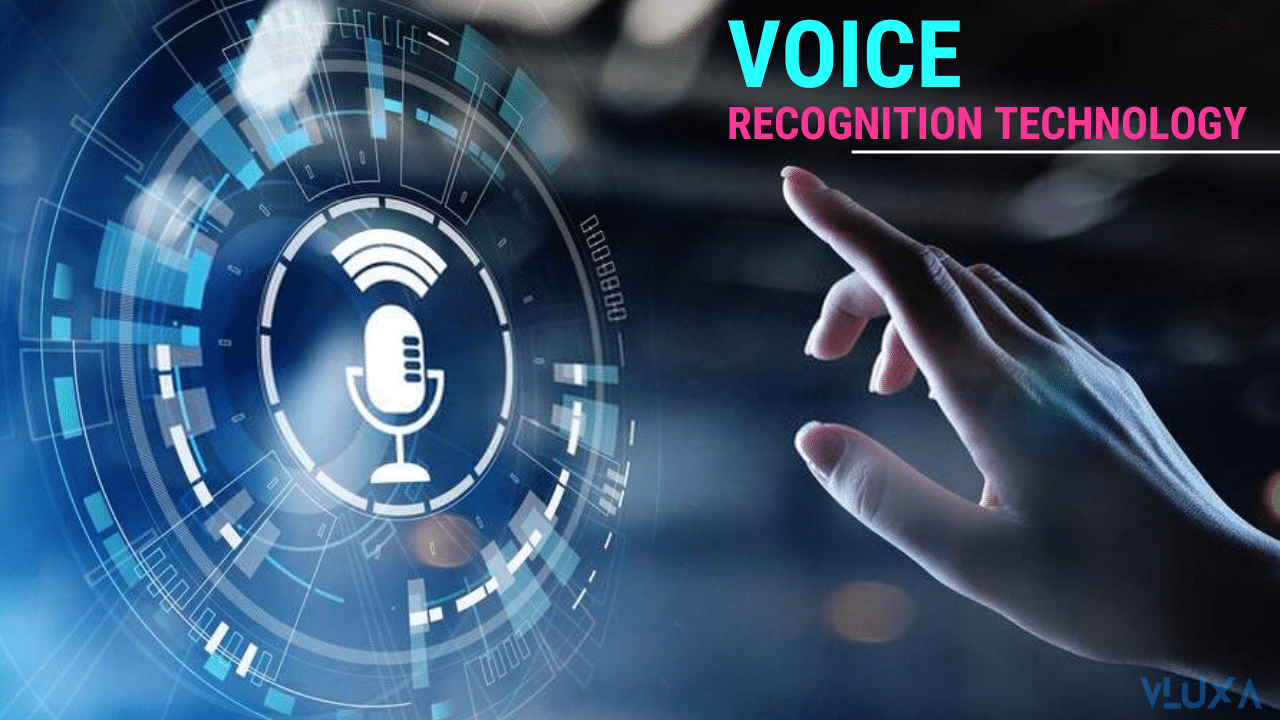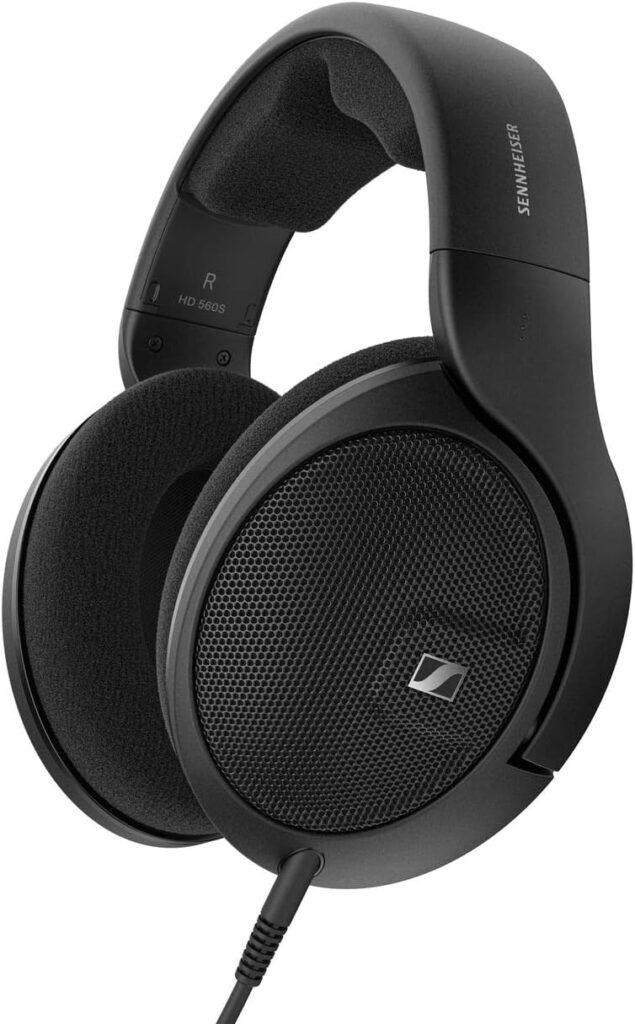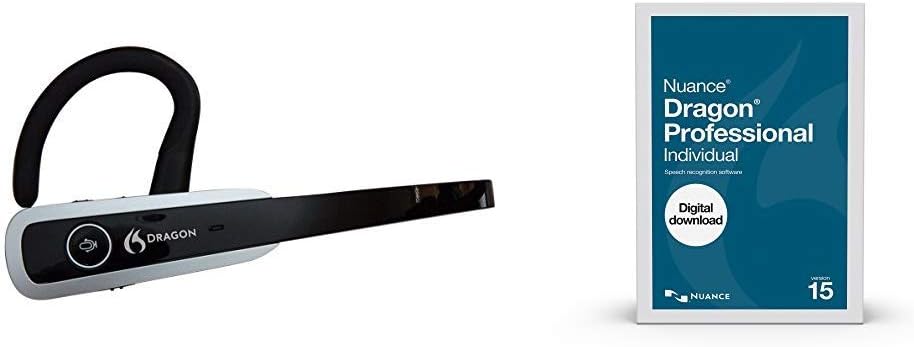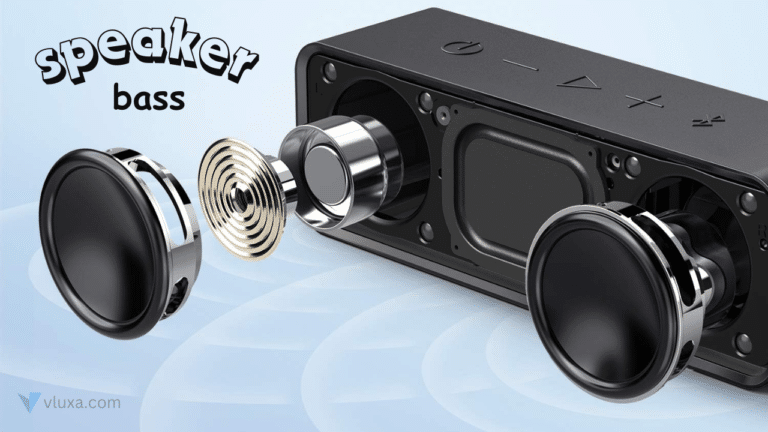Speech and voice recognition technology has revolutionized the way we interact with electronic devices and software systems.
From voice-activated assistants to voice search and speech-to-text applications, speech recognition software has become an integral part of modern technology.
In this article, we will explore the complexities of how speech recognition technology operates, particularly voice recognition, its applications, including the use of voice dictation, and its potential future influence.
The Basics of Recognition Technology
How Does Recognition Technology Work?
Recognition and speech technology function by analyzing and deciphering spoken language or voice data.
Recognition involved in this process incorporates translating specific voice patterns into digital data, which are then examined by algorithms to recognize and understand the input, an integral part of discrete speech recognition.
The speech recognition system uses a combination of acoustic and language models to decipher and understand the specific words spoken.
Examples of Voice Recognition Technology
There are numerous instances where recognition is used in the market, as in the voice and speaker recognition technology of virtual assistants such as Amazon’s Alexa, Apple’s Siri, and Google’s Google Speech Recognition known as Google Assistant.
These systems use voice commands to perform tasks such as setting reminders, making calls, and searching for information, showcasing the multifaceted capabilities of recognition software.
The Advantages and Disadvantages of Voice Recognition
Voice recognition offers advantages such as hands-free operation, accessibility for people with disabilities, and an enhanced user experience.
However, its limitations in accurately understanding diverse accents and languages, as well as susceptibility to ambient noise, are considered as disadvantages that need to be addressed for wider adoption.
Understanding Speech Recognition
How Speech Recognition Software Works
Speech recognition software functions by processing spoken words into written text – a key use of speech recognition technology.
It uses algorithms to analyze the waveform patterns of the speech and match them to phonemes, using a type of speech recognition, ultimately converting the audio input into textual output.
The history of speech recognition reveals significant improvements, particularly in automatic speech recognition technology, enabling accurate transcriptions and voice commands throughout various applications.
Different Applications of Speech Recognition
Speech recognition is used in various fields, such as healthcare for transcribing medical records and in automotive for enabling free speech recognition.
Voice control is also utilized for language translation services, dictation software, and voice-activated commands in mobile devices, showcasing its broad range of applications across different industries.
Enhancing User Experience with Voice Commands
The use of voice commands, facilitated by the best speech recognition software, have transformed user experiences by providing efficient and intuitive interactions with devices and software.
Users can use technology such as continuous speech recognition to undertake tasks like sending messages, fixing appointments, or managing smart home devices using natural dialogue, rendering it more accessible and user-friendly.
The Role of Voice Recognition in AI
Integration of Voice Recognition in AI Systems
Voice recognition is an essential component of AI systems, allowing them to understand, respond and recognition can also be adapted to human speech.
By integrating voice recognition and speech recognition software, AI can interpret natural language queries, personalize user experiences, and facilitate seamless interactions between humans and machines using assistive technology.
Advancements in Voice Recognition Technology
Progress in voice recognition technology, including the rise of discrete speech recognition, has brought about increased accuracy, broader language support, and enhanced adaptability to individual speech patterns, critical for recognizing their voice.
These developments have equipped automatic speech recognition to be more effective and reliable in understanding and responding to wide-ranging voices and commands, showcasing significant strides in voice biometrics.
Challenges in Achieving Recognition Accuracy
Despite the advancements, there are ongoing challenges in achieving speech recognition accuracy, especially when using speech recognition software in noisy environments and with people who have unique speech patterns or accents.
Overcoming these challenges requires continuous innovation and boosts in speech recognition used in underlying algorithms and training datasets.
Utilizing Voice Recognition in Various Industries
Speech and Voice Recognition in Healthcare
In healthcare, speech and voice recognition software is utilized for transcribing medical dictations, enabling hands-free documentation, and improving the efficiency of recording patient information.
Utilizing this technology amplifies productivity and precision in medical practices while diminishing administrative loads with the help of a voice assistant, showcasing how recognition software must function.
Voice-Activated Systems in the Automotive Industry
The automotive industry incorporates voice-activated systems for hands-free calling, navigation, and entertainment controls within vehicles.
We see voice recognition technology, a system that uses voice recognition, heightening driver safety and convenience by facilitating seamless interactions without requiring manual input.
Voice Recognition in Customer Service and Support
The use of voice control function is particularly prevalent in customer service and support, where voice recognition is employed to automate interactions, route calls, and provide personalized assistance.
Through interactive voice response systems or an application of use speech recognition, businesses can streamline customer interactions and enhance overall service experiences.
The Future of Voice and Speech Recognition
Innovations in Speech and Voice Recognition Technology
Ongoing innovations in how speech and voice recognition work focus on the future of speech and improving accuracy, language support, and contextual understanding.
These advancements target making the use of voice control and speech software more efficient at interpreting natural language and diverse human voice inputs, thus enhancing user experiences, a focus area for the speech recognition group.
The Evolution of Voice Recognition Software
The evolution of voice recognition software involves integrating advanced machine learning and neural network models used for speech recognition to enhance recognition capabilities.
These developments enable voice recognition systems, such as Google speech recognition, to adapt to individual users’ preferences and improve accuracy over time through continuous learning.
Anticipated Impact of Voice Recognition on Everyday Life
As the use of voice recognition and speech recognition programs becomes more pervasive and refined, it is foreseen that its impact on everyday life will be intensive.
It is expected that the use of voice recognition software, from smart home automation to personalized digital assistants, will simplify tasks, improve accessibility, and introduce a new era of human-computer interactions.
FAQs
Q: What is voice recognition technology?
A: Voice recognition technology, also known as speech recognition technology, is a software capability that enables a computer or a mobile device to process and interpret human speech into text or commands.
Q: How does voice recognition software work?
A: Voice recognition software works by analyzing the audio input, identifying the individual sounds, and matching them to a database of words and phrases to accurately transcribe the speech into written text or perform specific commands.
Q: What are the main applications of voice recognition technology?
A: It has various applications, including dictation, virtual assistance (e.g., Siri, Alexa), voice-activated commands in smart devices, transcription software, and speech-to-text applications.
Q: How is voice recognition technology different from speech recognition technology?
A: Voice recognition technology specifically focuses on recognizing and interpreting the unique characteristics of a person’s voice, while speech recognition technology is more broadly designed to understand and interpret spoken language in general.
Q: What are the benefits of using voice recognition software?
A: Using voice recognition software can improve productivity, accessibility for individuals with disabilities, hands-free operation, and provide a more natural and intuitive way to interact with devices and applications.
Q: What are some limitations of voice recognition technology?
A: Limitations of voice recognition technology can include inaccuracies in understanding non-standard accents or dialects, background noise interference, and varying performance based on the speaker’s voice quality or health conditions affecting speech.
Q: How secure is voice recognition technology for authentication purposes?
A: It offers a high level of security for authentication purposes, as it can analyze and identify unique characteristics in an individual’s voice, making it difficult for unauthorized users to replicate.
Q: Can voice recognition software be used for real-time language translation?
A: Yes, voice recognition software can be integrated with language translation algorithms to provide real-time translation of human voice, converting spoken words and phrases into different languages.
Q: What are some popular voice recognition software and applications available in the market?
A: Some commonly used voice recognition software and applications include Google Voice, Dragon NaturallySpeaking, Apple’s Siri with its unique voice user interfaces, Amazon Echo, Microsoft Cortana, and Nuance Communications’ software, all of which embody the demand for voice.
Q: How can voice recognition technology be utilized in mobile devices?
A: It can be used in mobile devices for various tasks such as voice-activated commands, dictation, virtual assistant functionality, and hands-free operation to enhance user experience and accessibility.









